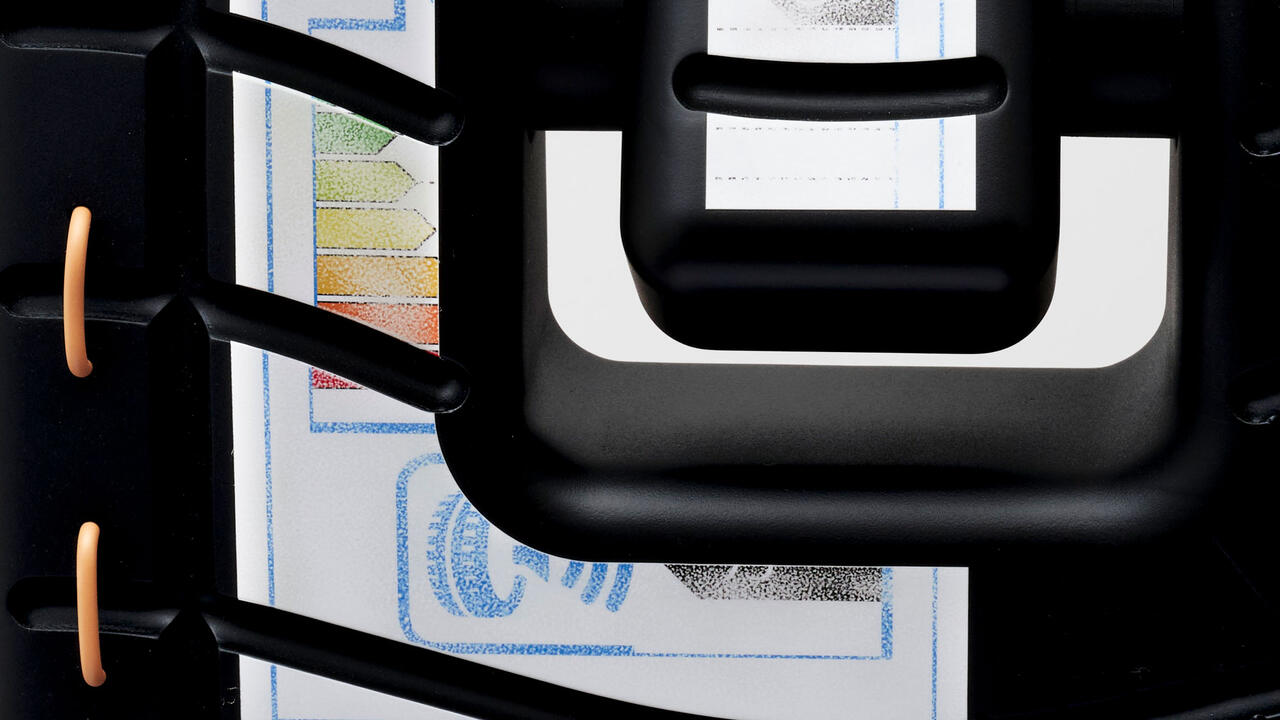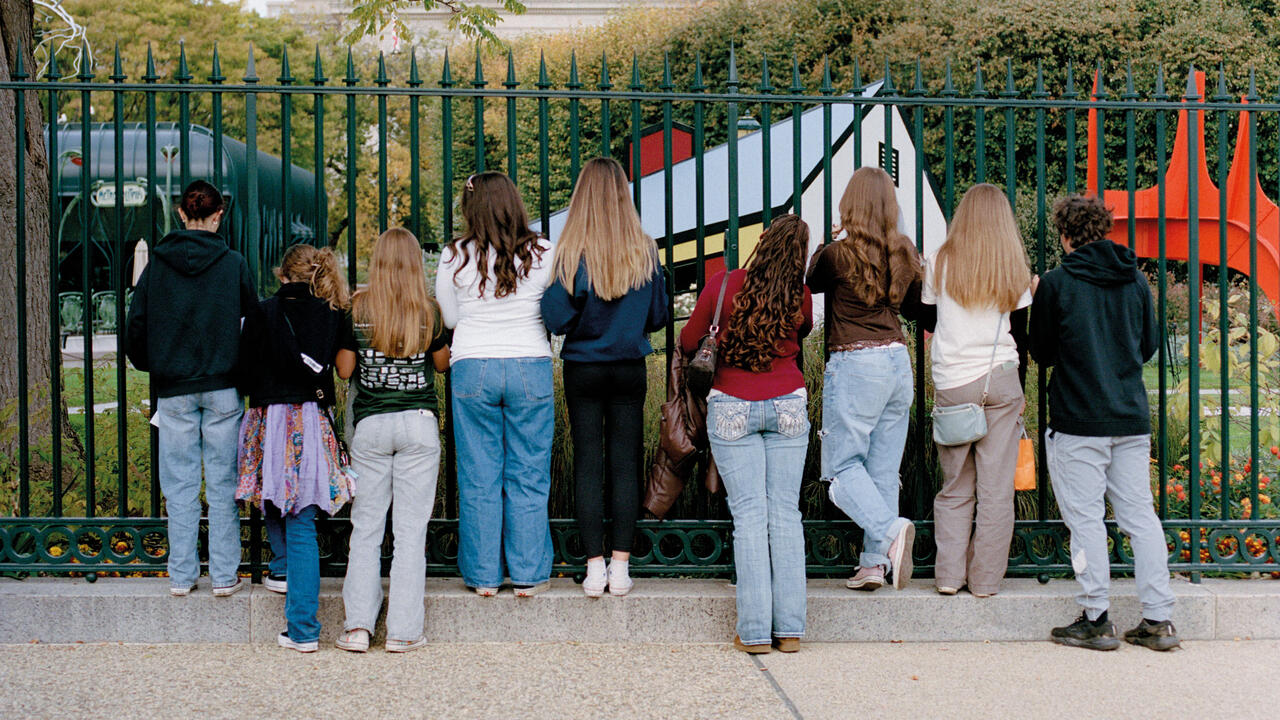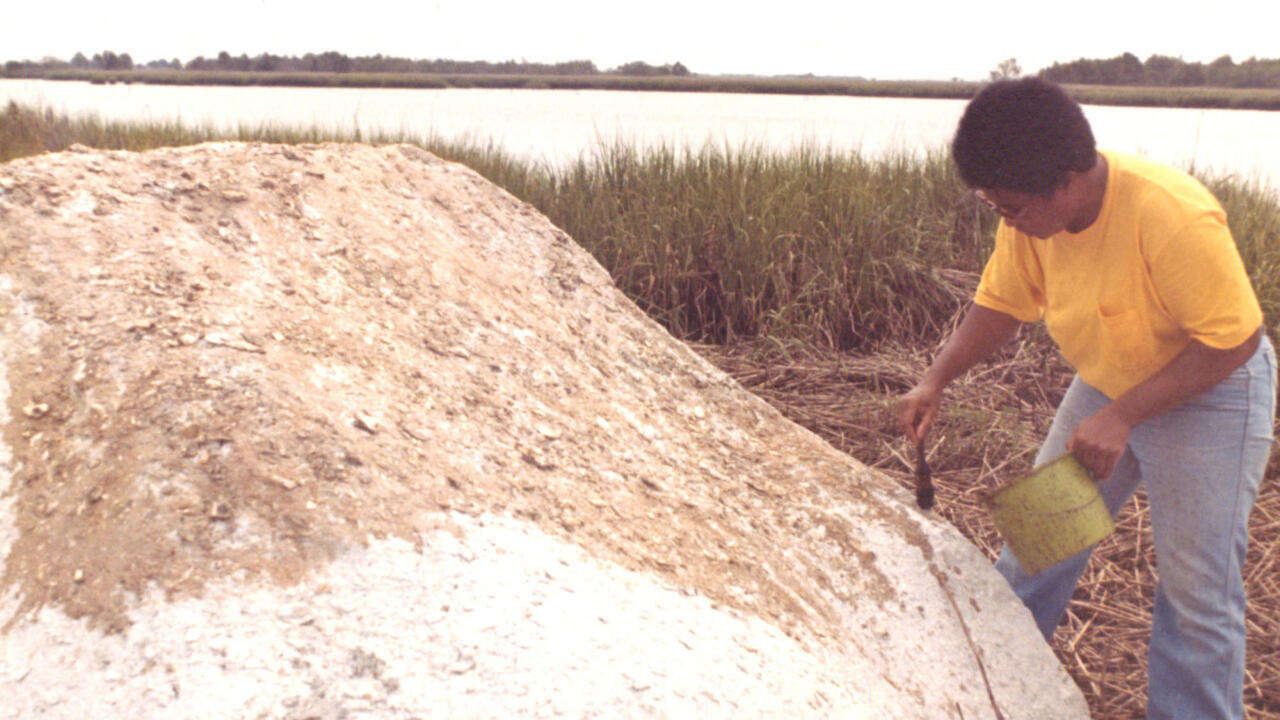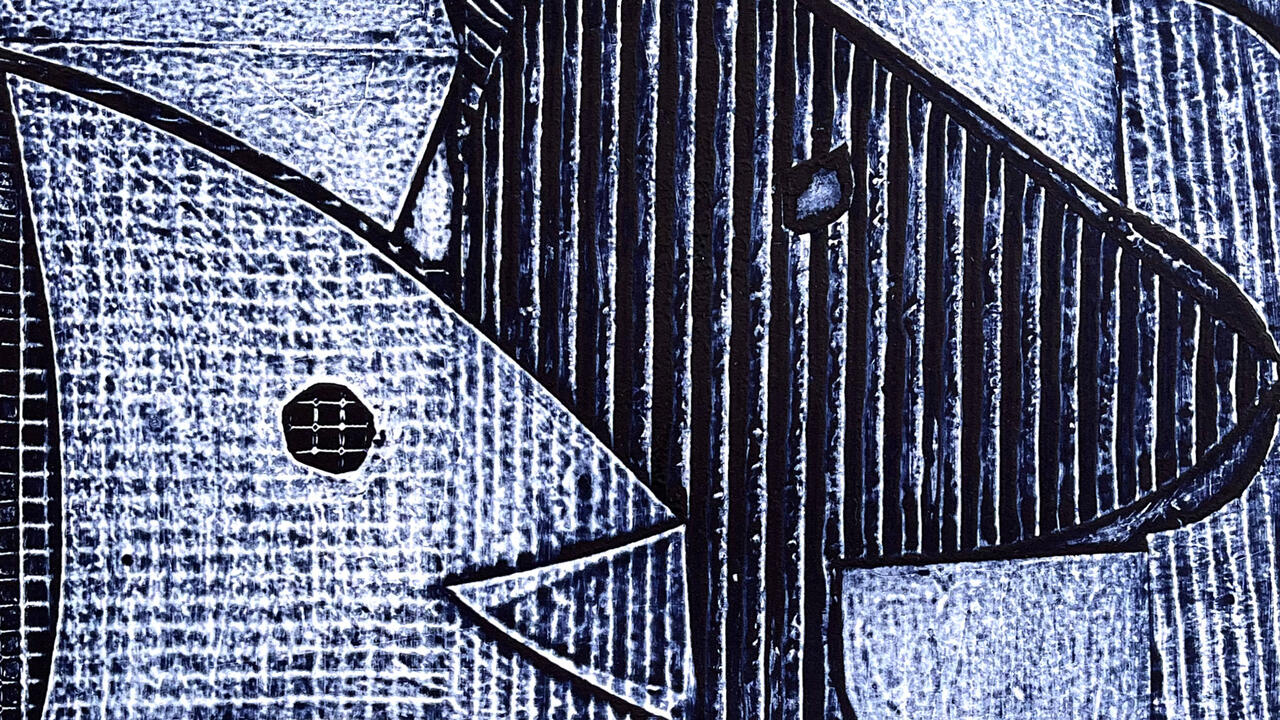Looking Back on the Year in Art and Protest in Cuba
It is not unusual for Cuban artists to grumble about excessive state meddling, but it’s rare for complaints to be aired publicly and collectively
It is not unusual for Cuban artists to grumble about excessive state meddling, but it’s rare for complaints to be aired publicly and collectively

‘Within the Revolution everything, against the Revolution nothing,’ declared Fidel Castro to the Cuban intelligentsia in 1961. Those words put an end to a debate over whether the state was justified in its censure of a film about nightlife at Havana’s port and led to the closure of Cuba’s premiere cultural magazine, Lunes de Revolución. While that infamous phrase has defined Cuba’s cultural policy ever since, its interpretation has varied depending on the political climate of the country. Nowadays Cuba enjoys international prestige for its free art education and its roster of home-grown art stars, but abstract painting, homoerotic fiction, scatological performances, anti-authoritarian poems, political punk rock and rap have fallen outside the boundaries of acceptability at many stages of the revolution, leading to arrests, the social death of several intellectuals and the confiscation of art works.
This past year marks another turning point, and the Cuban art scene is on edge. An unprecedented number of protests have taken place against a new law that imperils the independent arts sector. The last decade of Raúlista reforms – initiated by Castro’s successor, his brother Raúl – boosted the private sector, opened access to the Internet, and eliminated travel restrictions for most Cubans, but US President Donald Trump’s antagonistic stance towards the island has given hardliners the upper hand again. When Miguel Díaz-Canel took over as President last April, the government announced it would update the Cuban constitution. A series of new laws were proposed that reign in the island’s burgeoning public sector through increased taxation and limits on growth. While the state argues that the new measures are necessary to control corruption, many Cubans see them as an attack that renders their businesses unsustainable.

One such law, Decree 349, was made public last summer and went into effect on 7 December. It criminalizes independent cultural activity that is not authorized by the state. It entails the creation of a cadre of roving inspectors that will be empowered to shut down activities in private recording studios, home-based galleries and clubs. Sanctions range from stiff fines to confiscation of privately-owned equipment to the seizure of homes. Artists on the island see the law as a return to the repressive cultural policies of the 1970s. Before it became law, Amnesty International called Decree 349 a ‘dystopian prospect’ for Cuba’s artists.
It is not unusual for Cubans to grumble about excessive state meddling in their lives, but it is rare for the complaints to be aired publicly and collectively. For decades, most artists and intellectuals who opted to stay on the island shied away from politics to avoid being branded as dissidents. In exchange for their silence they could exhibit, publish, meet important foreign guests, earn hard currency and travel. However, as access to digital technology, the internet and social media have made it possible for artists to produce and circulate their work outside state-controlled venues, they have grown increasingly bold. Once, artists who were arrested would serve sentences that lasted years – nowadays most are detained for hours or days at most. The benefits of engaging independent cultural activity for some outweigh the negative consequences.
Conflicts, censorship and arrests have not disappeared entirely, and the state bureaucrats often turn to official media to complain about declining morals due to the growing presence of commercial television from abroad and the defiant and prurient lyrics of Cuban rap and reggaeton. Nonetheless, to many it appears that the Cuban state is losing its ideological grip as younger Cubans opt for independently produced and pirated films, music and television as opposed to the offerings of the state. That may be precisely why the Cuban government is reacting so defensively against its cultural sector.
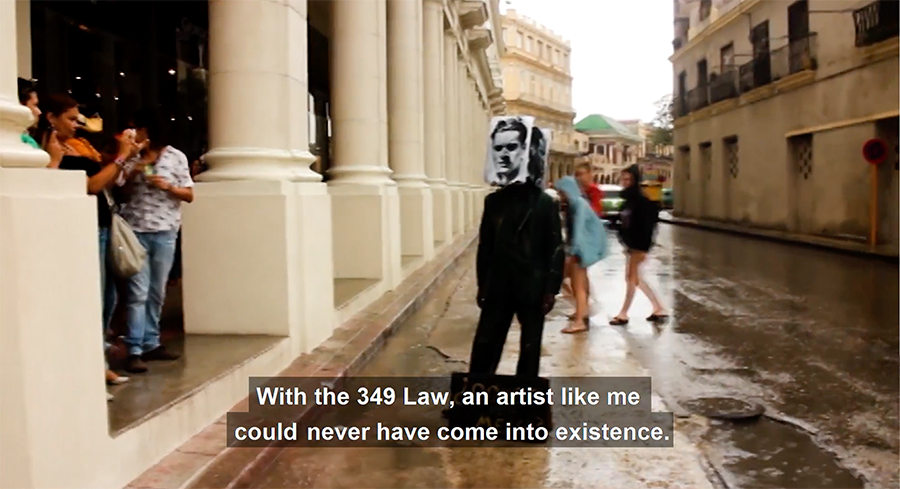
The current protests roiling the island didn’t actually begin as protests – they started with an independent initiative to create an alternative art biennial after the Cuban government announced that the official Havana Biennial would be postponed due to damage caused by Hurricane Irma last yera. A band of young and energetic independent artists proposed to fill the void with their own event called #00bienal, a low-budget DYI art show hosted in artists’ studios around Havana. They invited foreigners to join them on their own dime, did some crowd-funding to pay for publicity and equipment, and benefitted from a big shot in the arm when Cuban art star Reynier Leyva Novo donated the $CUC3,800 he received from the sale of one of his artworks to a Cuban Fine Arts Council. What the organizers lacked in material resources they made up for with their ingenuity, creating a highly effective promotional campaign on social media that introduced many autodidacts and lesser-known Cuban artists to an international audience.
The Cuban government responded as if they were facing a grave threat to national security. State officials issued public statements decrying the #00bienal organizers as enemies of the revolution. Propaganda videos against them were played in art schools and in closed-door sessions with artist union members. State security harassed the Cuban artists who participated, and some were stripped of their licenses to engage commercially as artists. Foreigners who travelled to the island for the event were either turned away, detained for hours at the airport while their belongings were ransacked, or threatened with expulsion if they participated in in the show. But the #00bienal proceeded, which was a victory for those who had assumed the risk of organizing it.
Decree 349 was published two months later, and the outcry was almost immediate. Two kinds of protests developed: the independent artists associated with the #00bienal and the underground music scene adopted a more confrontational strategy. They created anti-decree slogans, posted videos on social media against the decree, submitted formal complaints to various legal bodies and staged performative protests, some of which culminated in police raids and arrests. Cuban musicians produced a collaboratively recorded music video against the decree. The protestors turned the decree into an international news item and human rights conflict.

The other protest assumed a more discreet posture and has been led by artists and curators who operate within official circles. They called their initiative SIN349 (without 349). At first, they met with state bureaucrats behind closed doors. They composed a letter that ‘raised questions’ and ‘expressed concerns’ about the decree without calling for it to be rescinded. They argued that no such law should be enacted without prior debate among the professionals who will be most affected. As the weeks wore on though, they saw that bureaucrats would listen to them in meetings and only give vague answers upholding the state’s right to impose the law as ‘protection’ for the arts. Videos of their encounters started appearing on social media. Journalists who had embedded with those artists started publishing accounts of the meetings and circulated the letter the artists had written. The chronicles with the juiciest details have been published in the trendy online magazine El Estornudo, the brainchild of Cuban writer Carlos Manuel Alvarez.
At first, the state’s responded to these protests with silence, as if to say that they were inconsequential. But as the chorus of voices against the decree grew louder and officials at human rights organizations and the United Nations echoed their concerns, the Cuban government began to orchestrate a multi-faceted campaign of its own. Leaked internal memos from the cultural ministry indicated that those in charge of information had launched a counter-campaign against the protests on Twitter, defaming those who criticize the decree as mercenaries of foreign enemies of the revolution. Government sponsored bloggers and journalists published scathing criticisms of artists who spoke out against the decree, characterizing them as unprofessional, emotionally unstable or even criminal. Censorship is presented as a necessary prophylactic against bad taste, obscenity and excessively relativist aesthetic judgment that threaten to pollute Cuban culture.

The police have also made moves, taking orders from Cuban counter-intelligence to restrain any public manifestation of discontent. A club where rappers staged protest concerts was shut down. Protest leader Luis Manuel Otero Alcántara was expelled from his artist studio at a community based cultural centre. State security agents scoured public records to find ways to ‘break’ the protestors: two rappers have been jailed, one since September, without trial. Both are currently on hunger strikes. The home of activist Amaury Pacheco’s ex-wife, where he has not lived in more than a decade but which nonetheless is listed in official records as his last residence, was raided and the inhabitants have been pressured to denounce him to precipitate his expulsion from Havana back to Matanzas, where he was born but has not lived for over 20 years. Pacheco's neighbours recently revealed that social workers had visited them to inquire as to whether his children were properly cared for. Actress Lynn Cruz has been thrown out by the agency that represents her, allegedly for making disrespectful public statements about the revolution. Theatre director Adonis Milán was just forced out of his apartment, where he was planning to stage performance by his company, Perséfone Teatro.
Frustrated by the government's refusal to concede that the premise of the decree is misguided and also by its resistance to open dialogue, more and more artists started to come forward. The authors of the SIN349 letter went public, posting pictures of themselves online. Nueva Trova singer Silvio Rodriguez, known as a dogged supporter of the Cuban government, issued a statement criticizing the decree on his blog. Artist José Toirac, the last recipient of the Cuban National Fine Arts Medal, gave an interview to Diario de Cuba in which he stated that it was his duty as an artist to protest the decree. In late November, artist Marcos Castillo, formerly of Los Carpinteros, opened an exhibition of canvasses painted with water that he described as a strategic evasion of any attempt to use the decree to control the content of his work. Celebrated Cuban actor Luis Manuel Garcia posted on his Facebook page that he had been in closed door sessions with Cuban officials together with other artists who requested that the decree not go into effect, and was frustrated by their imperviousness and their use of well worn tactics to discredit their critics. This degree of variety and openness in the expressions of dissent by island-based Cuban artists and intellectuals has not been seen in decades.
The protestors called for a sit in outside the Ministry of Culture from 3 to 7 December. Cuban authorities pushed back against them so as to communicate that the state would not bend to the will of the citizenry. Beginning on 30 November, several of the artists who are known leaders of the protest began reporting that they were under siege, with patrol cars parked outside their front doors. Drag performer Nonardo Perea was called in for questioning by the Ministry of the Interior on 2 December and issued a formal warning not to leave his house. Artist Luis Trápaga was also called and threatened by State Security. Tania Bruguera was scheduled to receive curator Hans Ulrich Obrist on December 2nd for a workshop at her Hannah Arendt Institute, but just 24 hours before his arrival, she received word that he was cancelling his visit: rumour has it that he did so under pressure from the Cuban government.

Between 3 to 6 December, the state arrested Bruguera three times for her repeated attempts to sit in front of the Ministry of Culture. Reggae musician Sandor Pérez was detained for several hours on 3 December – a night that saw several detentions of prominent artists and journalists. Amaury Pacheco, Michel Matos and Yasser Castellanos were also arrested as they arrived at the Ministry and were released the following evening. Yanelys Nuñez Leyva and Luis Manuel Otero Alcántara disappeared at dawn on and were released three days later. Yoani Sánchez, editor in chief of the digital newspaper 14ymedio reported that patrol cars were also stationed outside her office that evening.
Last week, the Cuban government finally staged its official public response to the political upheaval prompted by Decree 349. Vice Minister of Culture Fernando Rojas went on Cuban television on 6 December and also spoke to the Associated Press to assure that, though the decree would go into effect the next day, it would not apply until several modifications were added. He insisted that the decree was not designed to target artistic creation. At the same time, Rojas referred to people who manipulated or misread the Decree as an attack state sovereignty in a not so veiled swipe at the protestors. The following day, Minister of Culture Alpidio Alonso Grau, Rojas and UNEAC (The National Union of Cuban Artists and Writers) Fine Arts Chair Lesbia Vent-Dumois spoke on the Cuban TV show Round Table. This time, the discussion was geared towards creating the impression that there was a consensus among Cuban artists that the Decree was needed to protect the arts from ‘shoddiness and vulgarity’. They argued that this new law was just an update of prior legislation from the 1990s, completely ignoring that Decree 349 extends the Ministry of Culture's control into artists' private homes. Rojas suggested ominously that there were some adversaries out there who under the guise of protesting the decree were actually challenging the right of the revolutionary institutions to exist.
The protestors have publicly declared a limited victory, asserting that the government would not have had to explain itself or agree to make changes if they had not taken to the streets and the internet. With only five months to go before the next Havana Biennial, it is unclear how the Cuban cultural ministry will balance its need to attract liberal-minded foreigners with its imperative to control who they will be permitted to engage with. Those who flock to Cuba with their ‘I'm not into politics - I'm here for art’ blinders on may recall that, during the last Havana Biennial, Tania Bruguera was under virtual house arrest and her reading of Hannah Arendt's The Origins of Totalitarianism (1951) was interrupted by state workers who showed up unexpectedly with jackhammers to tear up the pavement outside her house. Ultimately, it will be up to foreign visitors to decide what they are going to Cuba for and what it means for them to be there in the midst of political turmoil. Those who continue to cling to the idea that they can step around the minefield that is Cuban culture should consider whether state policies that curtail the activities of artists matter as much as state institutions that enable Cuban artists to achieve international acclaim.
Main image: Luis Manuel Otero Alcantara as Miss Bienal to protest against Decree 349, Trafalgar Square, London, 26 October 2018. Courtesy: Lewis Jennings / Index on Censorship


















